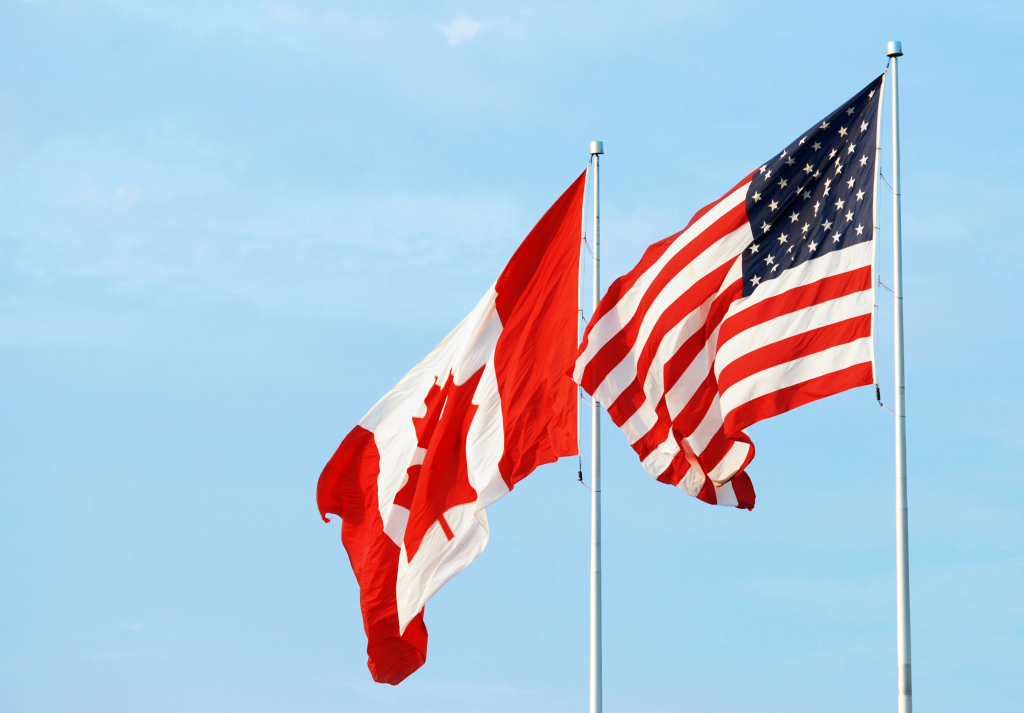
WASHINGTON — President Donald Trump announced that a 25% tariff on imports from Canada and Mexico will take effect this Saturday, though he has yet to decide whether to include oil imports in the measure.
Speaking from the Oval Office on Thursday, Trump indicated that he would make a final decision by the end of the day, with the determination resting on whether he deems the price of oil from the two countries to be “fair.”
Initially framed as a response to concerns over illegal immigration and fentanyl trafficking, the tariffs have sparked significant debate, particularly regarding their potential impact on gas prices and inflation. This move comes despite Trump’s earlier campaign pledge to reduce energy costs by 50% within a year of taking office.
How Might Tariffs on Oil Impact Gas Prices?
The president’s suggestion to extend tariffs to oil has raised alarms about a possible rise in gas prices — a major concern for American voters.
Canada and Mexico are key oil suppliers to the U.S., with Canada alone accounting for nearly 4.6 million barrels per day in October 2024, according to the U.S. Energy Information Administration. The imposition of tariffs on these imports could lead to higher costs for refineries reliant on Canadian and Mexican crude, potentially causing gas prices to rise. As of Thursday, U.S. oil prices were trading at approximately $73 per barrel, significantly lower than the peak of over $120 per barrel in 2022. However, industry experts warn that tariffs could reverse this downward trend.
Could Oil Tariffs Backfire on the U.S. Economy?
Matthew Holmes, executive vice president of the Canadian Chamber of Commerce, expressed concern over the potential impact on American consumers. He criticized the move, emphasizing that tariffs on Canadian oil would likely increase costs for U.S. consumers, rather than alleviate them.
“This is a lose-lose situation,” Holmes told the Associated Press. “We will continue working with our partners to demonstrate to President Trump and Americans that this action only drives up costs and disrupts integrated businesses across both sides of the border.”
Trump, however, dismissed such concerns, insisting that the U.S. is not reliant on foreign oil. “We don’t need their products,” he said, adding, “We have all the oil we need. We have all the trees we need,” referring to lumber.
By the Numbers:
- 25% – The tariff rate Trump is imposing on Canadian and Mexican imports starting Saturday.
- 4.6M – The number of barrels of oil the U.S. imported daily from Canada in October 2024.
- $3.12 – The current average U.S. gas price per gallon, according to AAA.
- 80% – The percentage of voters in the 2024 election who identified gas prices as a key concern.
What’s Next if Oil is Included in Trump’s Tariff Plan?
The proposed tariffs — especially if extended to oil — could have a direct and lasting impact on American consumers. Higher costs for imported crude could translate into increased gasoline prices, undermining Trump’s earlier promise to lower energy prices.
Additionally, the move could strain U.S. relations with Canada and Mexico, two of the country’s closest trading partners, potentially triggering retaliatory trade measures that could affect sectors beyond energy.




